Almost every zoo would like to attract visitors by buying unusual, rarest, and most exciting animals. But only well-off people or organizations can afford to buy some because they cost thousands of dollars.
The most expensive animals in the world amaze with their unusual appearance and coloring. You can only dream of such a pet because not everyone will be able to organize decent care for a younger brother, who is considered an enormous rarity.
These are the top 10 most expensive and rare animals in the world.
1. Tibetan Mastiff, up to $585,000
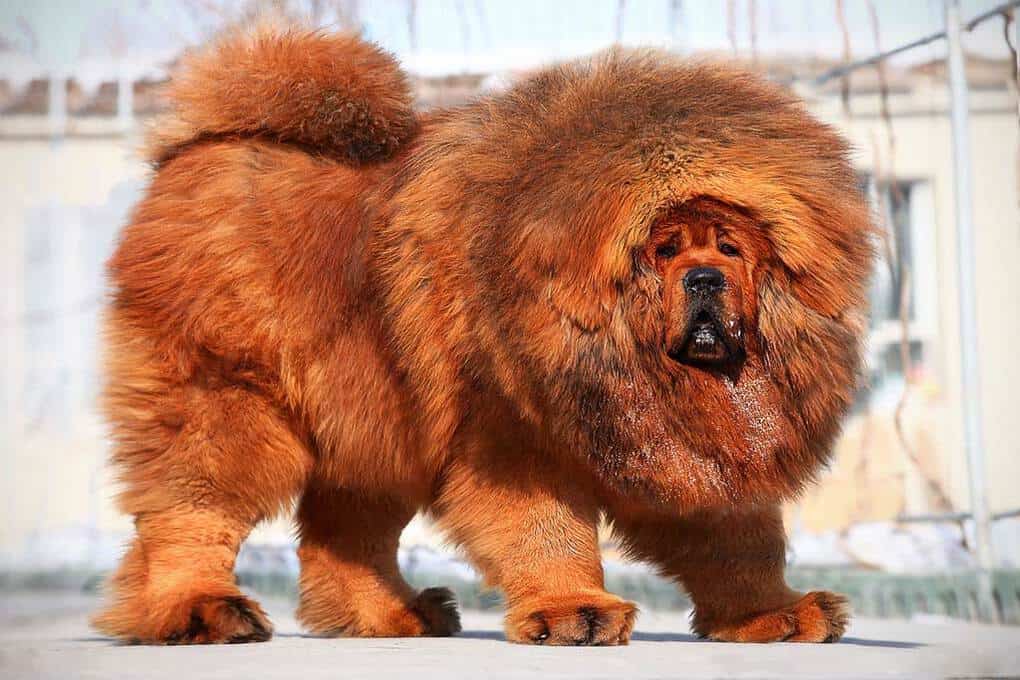
Tibetan Mastiff is the oldest breed of dog that used to live in Tibetan monasteries and was a caretaker there. The Tibetan mastiff is a unique dog about which legends and myths were formed. Its height is about 77 cm, it weighs from 60 to 80 kg, and it is covered with a thick, even coat that protects it from the most severe frosts.
Tibetan Mastiffs’ character is calm and reserved; the Tibetan mastiff is a friendly dog but can respond to aggression. They are brilliant but will only listen to the owner with leadership qualities. Without proper training, they can become dangerous.
2. White Tiger, $140,000
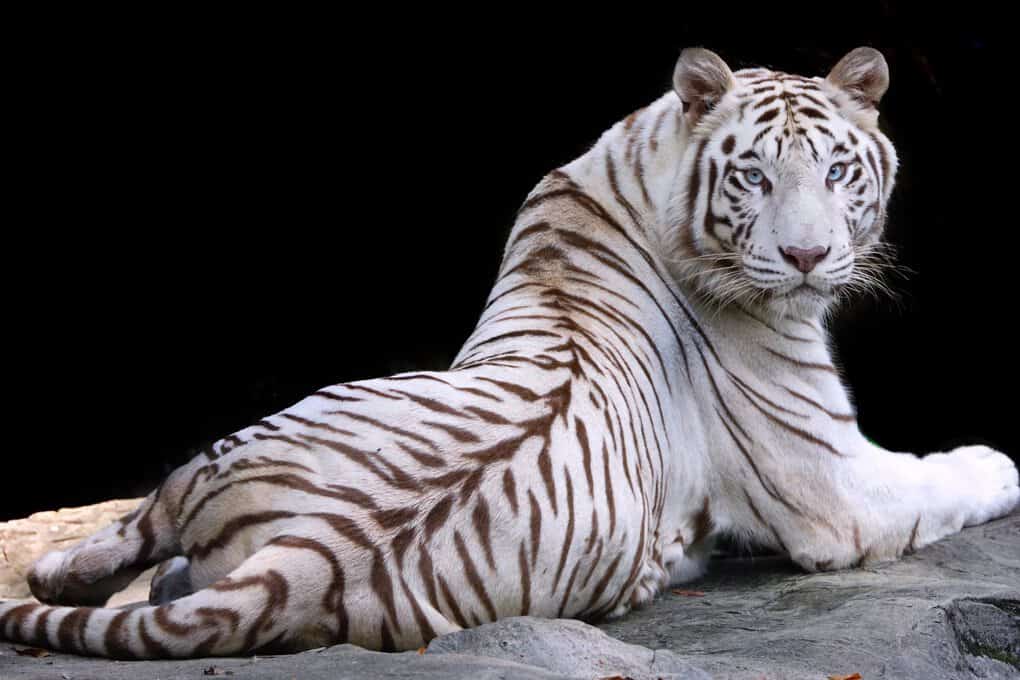
The white tiger is a type of Bengal tiger in which a mutation caused a color change: black and brown stripes are visible on the snow-white fur. Animals have blue eyes. It is sporadic among wild animals.
For the first time, a white tiger cub was discovered in nature by a hunter in 1951. It tried to get identical offspring from a female with an average color and soon succeeded. All the white tigers known to us are descendants of the same male tiger cub. In total, there are about 130 of them, most of which live in India. They’re all related. Due to closely related crossbreeding, the white tigers we know are smaller in size and may have genetic defects (poor eyesight, kidney problems, strabismus, etc.).
The white tiger attracts everyone’s attention and is a valuable animal. Songs are dedicated to him, and they draw a crowd of visitors in zoos.
3. White Lion, $140,000
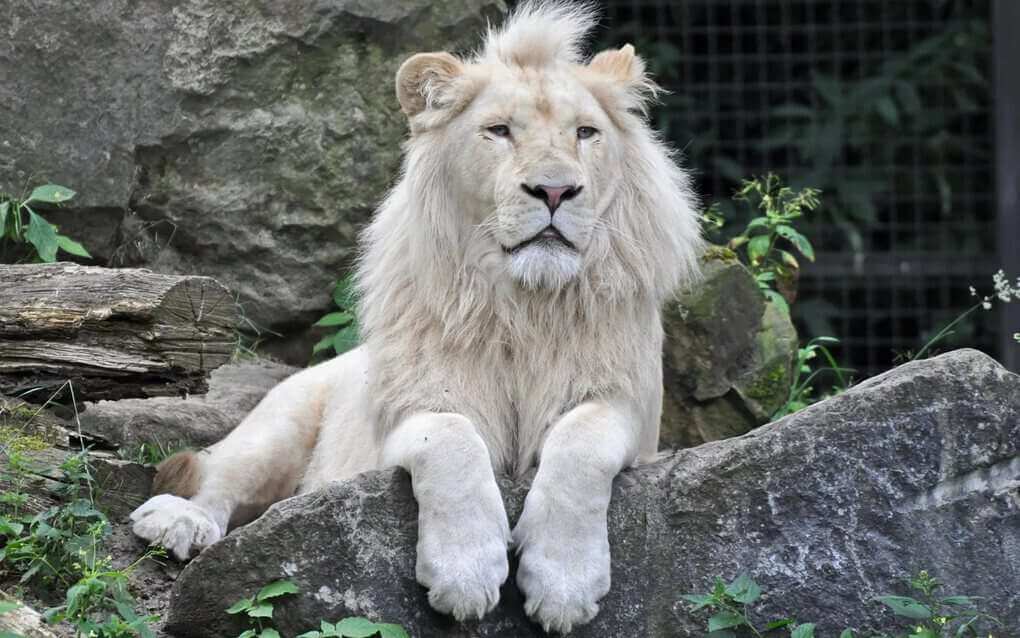
The unusual color is caused by a disease called leukemia. Such lion cubs can appear in a cream lioness. Not always is the baby born snow-white. But even in a black-and-white lion, the spots disappear over time. Zoos breed them.
A white lion can also appear in natural conditions. But it can be challenging for such animals to survive because the unusual color gives out a predator and interferes with hunting. Lion cubs become prey to hyenas. But the peoples of Africa revered these animals. People believed seeing a white lion could atone for sins, gain strength and become happy.
4. Arab horse, $100,000
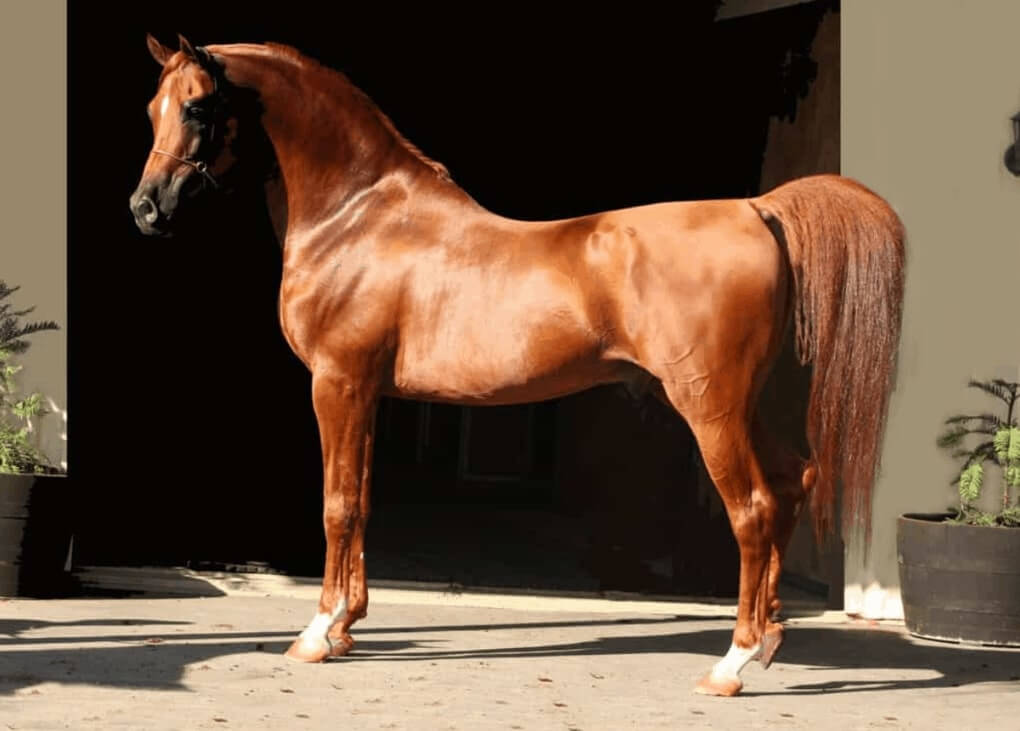
The Arabian horse is an ancient breed that is popular all over the world. The Arabian horse is very hardy, especially if it runs more than 100 miles. Its quickness, endurance, and temperament are proverbial. Now there are almost no purebred Arabian horses; the breed has degenerated.
The Bedouins tried to maintain the purity of the breed and knew in detail the pedigrees of their best mares, and even then, they were highly valued.
There are many legends and myths about them. The Bedouins believed Allah made an Arab horse out of the south wind. According to another version, God turned to the South Wind, saying that he wanted to make a creature out of the condensed wind and created a bay animal from it.
5. Asian Arowana Fish, up to $80,000
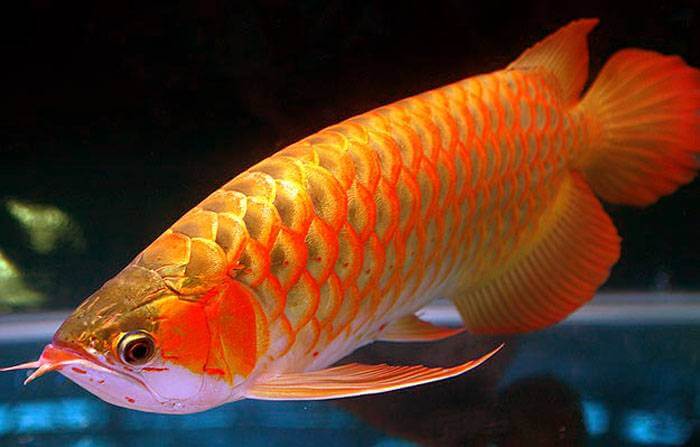
Asian Arowana Fish is a tropical freshwater fish found in South America. Its body length is about 90 cm; occasionally, it grows up to 120 cm. On average, it weighs up to 4.6 kg, sometimes 6 kilograms. In the East, it is called “dragon fish Aravan” because it is enormous, covered with mirror scales, and all its appearance resembles a mythical dragon. There, it is considered a talisman that brings good luck in business.
Most of the time, the fish swims slowly near the surface of the water, feeling everything with the antennae at the end of the lower jaw. It eats everything: fish, giant insects, crabs, frogs, and even snakes, birds, vegetation, and monkey feces.
6. Lion-bichon dog, up to $30,000
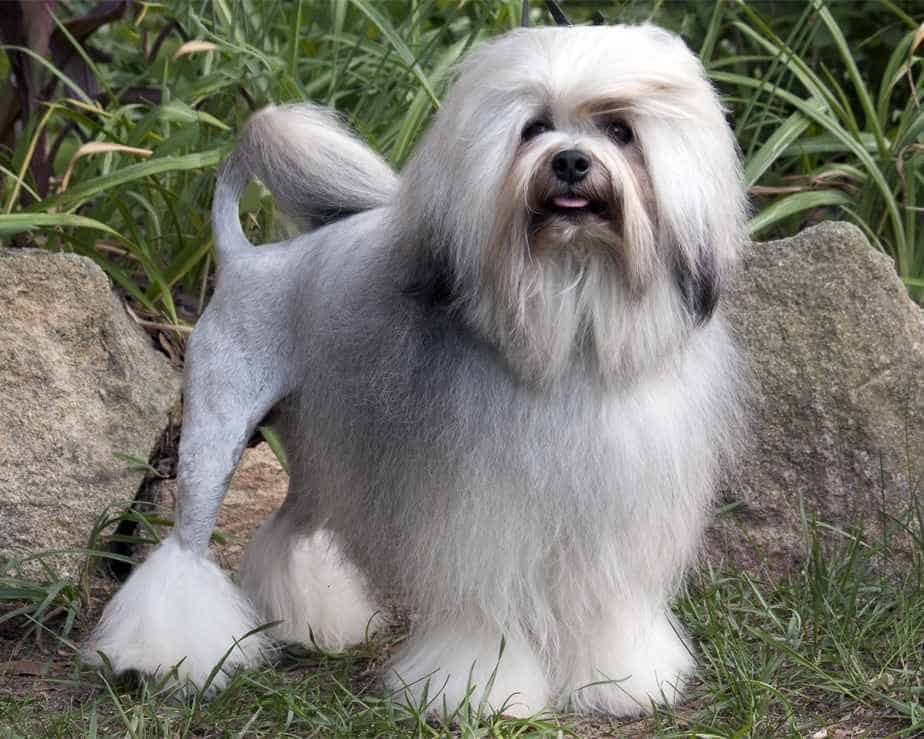
It is also called the little lion dog. Once, it was a prevalent breed, but now the Lion-Bichon dog has become one of the rarest and most expensive. People almost lost it during the Second World War, but in the 2nd half of the twentieth century, they tried to revive it; in 1961, the International Film Festival recognized the breed.
Now, this is a sign of luxury; there are not so many representatives in the world. After a unique haircut, Lyon-Bichon becomes like the king of animals, hence the unusual name.
These are beautiful pets with an energetic, cheerful characters, tactful, quick-witted, and non-aggressive. But the owner will have to regularly take care of their hair, constantly bathe and comb, and take them to a hygienic haircut every month.
7. Asher’s cat, up to $25,000
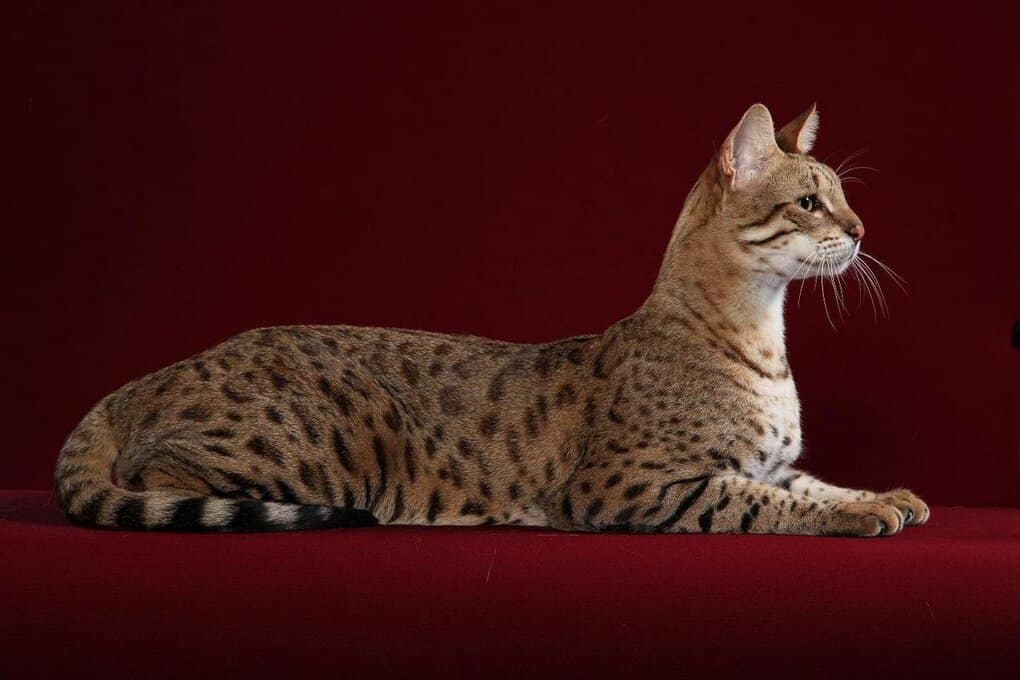
This cat breed was introduced in 2007. It was named after the goddess Asherah. Asher’s cat is one of the giant domestic cats, which can grow up to 1 m in length and weigh up to 14 kg.
Then people stated that this is a cross between an African serval, a Bengal, and a domestic cat. But a DNA test showed that Asher’s cat represents the savanna breed, bred in the early 1980s. They obtained the savanna breed after crossing an African serval and a Bengal cat, and the latter was a hybrid of a domestic and wild Bengal murka.
Scammers tried to present the animal as a new breed, and they succeeded; they sold kittens for a lot of money. But the breeder of the savannah breed recognized his pet and exposed the cheaters.
8. Palm or black cockatoo, $16,000
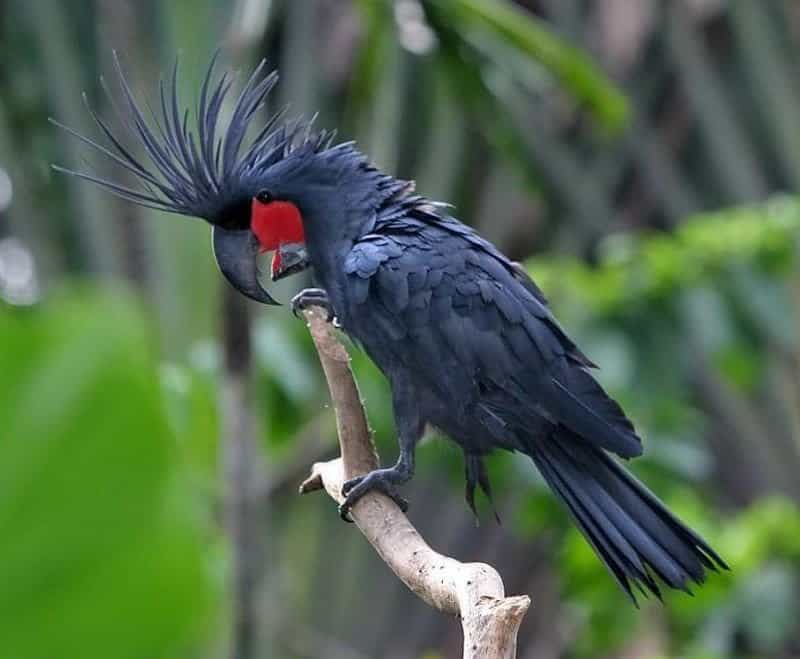
A palm cockatoo is a large parrot with a body length of 80 cm and a tail of 25 cm. As the name implies, the palm or black cockatoo is black and slate in color, with a powerful and large beak of the same shade. His cheeks are featherless and red.
Habitat-Australia. They live up to 90 years old in rainforests and savanna, sometimes in groups or singly. They nest very high, usually one egg per nest. The birds incubate it for about 30 days and take care of the chick for another 4-5 months.
Palm cockatoo is not recommended to keep at home, so you can most often find this rare bird in the zoo. The black cockatoo quickly bites through a metal mesh 4-5 mm thick and will promptly break any cage.
They feed on Canary tree nuts, which are very difficult to get and cannot be replaced. Therefore, even in zoos, they do not live long. Birds are very vindictive and will never forget the insults inflicted by humans. They have a terrible temper. If you make mistakes during training, you will be unable to correct them; the black cockatoo will remain aggressive.
9. Kalmyk camel, $10,000
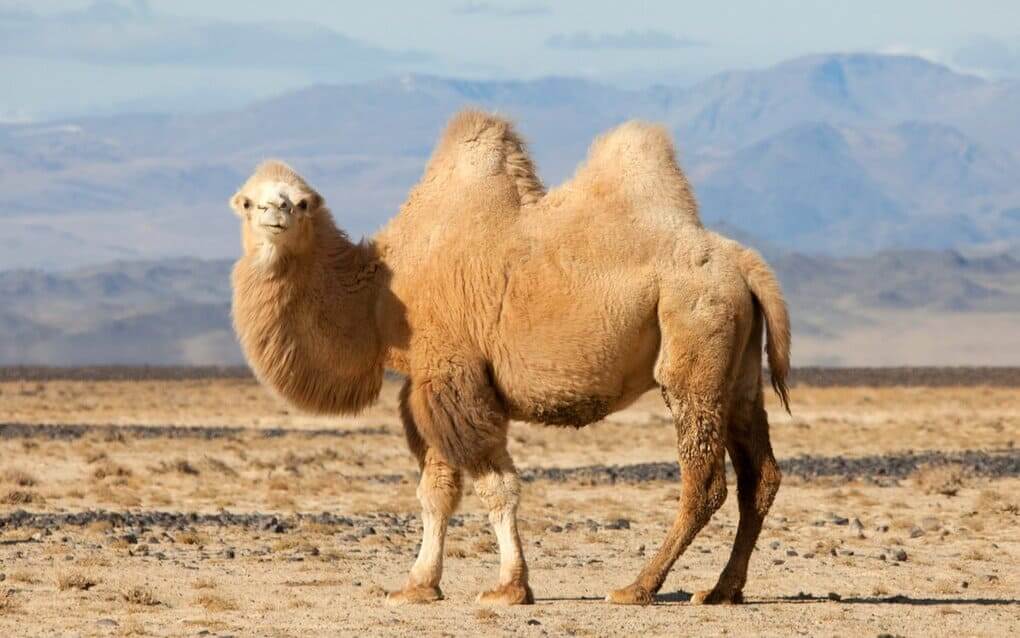
Kalmyk camel is an ordinary camel that is not so expensive. But there are rare breeds, such as the Kalmyk camel, for which you must pay large sums. Kalmyk camel is the most potent and prominent representative of the two-humped camel breeds, whose height reaches 180 cm.
Its meat is of high quality and tastes like the game, but with a slightly sweet taste. The average weight of an animal is 650-750 kg. Milk has anti-tuberculosis and bactericidal properties and can be stored for several months. The lactation period can last up to 16 months. Camels are also a source of wool: males give up to 10 kg, and females – up to 6 kg.
These unique animals have only one drawback: they do not know how to get food from under the snow. Therefore, they are bred in Kalmykia, where winters are always low in snow.
10. Rainbow Toucan, up to $10,000
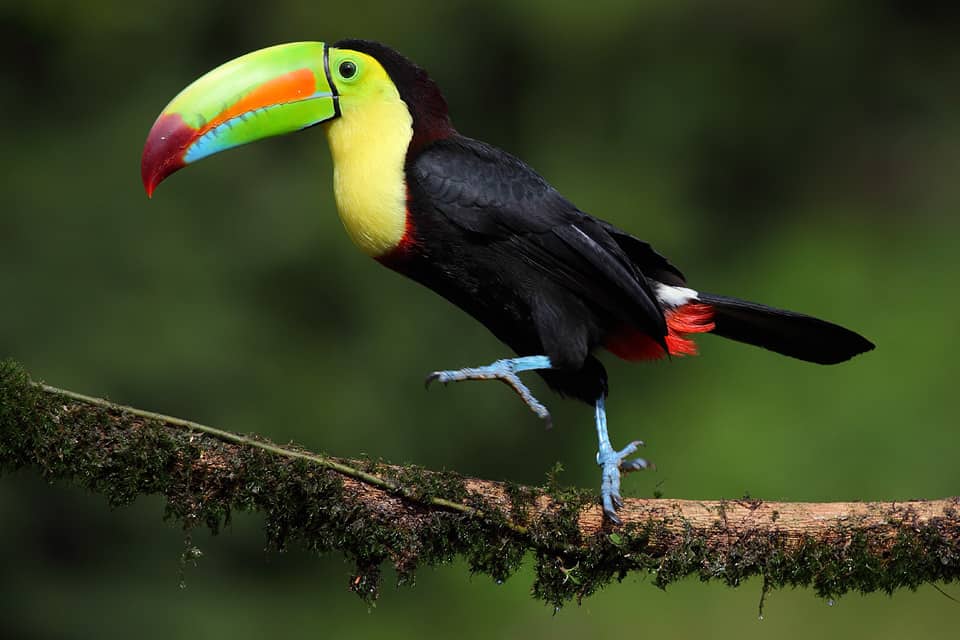
Rainbow Toucan is a magnificent bird with a body length of 53 cm and an average weight of 400 g. Its main decoration is a vast hollow beak (up to 17 cm) of bright colors. And the rainbow toucan itself is very beautiful but has an unpleasant voice, similar to the croaking of frogs.
In nature, toucans live in the rainforests of Central America, settling on the tops of trees. They do not fly very well; they often jump from one tree to another. They live in groups of 6 to 12 birds.
They love to have fun, sometimes throwing ripe fruit at each other. They also feed on them, tearing them off with the tip of their beak and swallowing them completely. Juveniles prefer food of animal origin: insects, bird eggs, tiny frogs, and lizards.
